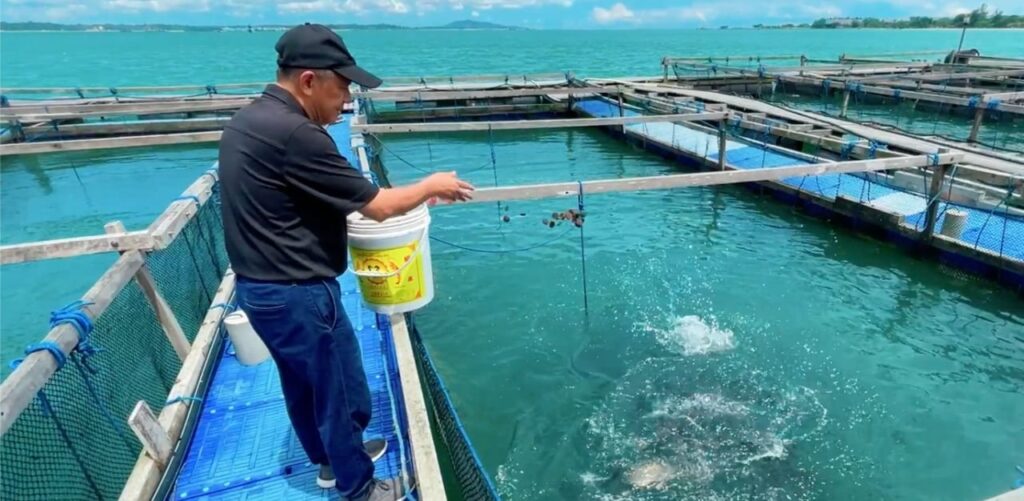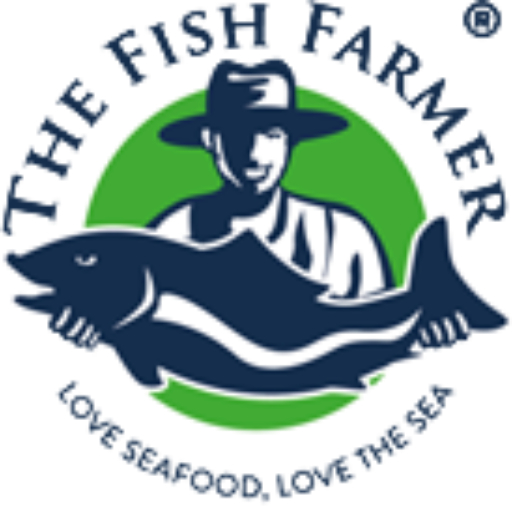Farmed vs Wild Fish in Singapore
Farmed vs Wild Fish in Singapore: What’s on Your Plate?
When it comes to seafood in Singapore, few topics spark as much curiosity as the difference between farmed and wild fish. As one of the region’s largest seafood consumers, Singapore relies on both wild-caught and farmed fish to meet local demand. But beyond freshness and price, what truly sets them apart - and how do local aquaculture pioneers like The Fish Farmer shape the future of sustainable seafood?


The Basics: Farmed Fish in Singapore
Singapore imports more than 90% of its food, but local aquaculture plays a growing role in food security. Farmed fish are raised in controlled environments such as coastal fish farms, tanks, or inland recirculating systems. Some common species farmed locally include:
Sea bass (barramundi)
Red snapper
Tilapia
Milkfish
Groupers
Farmers manage water quality, feeding, and breeding cycles to ensure steady supply and quality control. With initiatives like the Singapore Food Agency’s (SFA) 30 by 30 goal (recently revised to 20% of local consumption of fibre and 30% of local consumption of protein by 2035) , which aims to produce 30% of the nation’s nutritional needs locally by 2030, aquaculture is seen as key to Singapore’s food resilience.

Wild Fish: The Traditional Catch
Wild fish are caught from open waters - oceans, seas, and rivers - and feed naturally on marine organisms. Common wild species available in Singapore include Spanish mackerel (tenggiri), pomfret, threadfin (ngor he), and kembong.
These fish often have firmer flesh and a more distinct flavor because of their natural diets and active lifestyles. However, wild catches are subject to fluctuations in supply, weather conditions, and overfishing concerns, which can make them less consistent in availability and price.
Price and Availability
Farmed fish, particularly from local farms like The Fish Farmer, are more consistent in supply and generally more affordable than imported wild-caught fish. Because harvesting can be planned year-round, consumers enjoy stable prices and reliable freshness — even during off-seasons or supply disruptions.

Sustainability and Responsibility
Sustainability is where farmed fish truly shine - and where The Fish Farmer sets itself apart. The company’s operations are designed with environmental care in mind:
Eco-friendly farming systems: Offshore floating cages are positioned in areas with strong natural currents, ensuring clean water flow and reducing waste buildup.
Responsible feeding practices: Fish are fed high-quality, natural feed that promotes healthy growth without polluting the environment.
Minimal carbon footprint: Locally farmed fish reduce the need for long-distance imports, helping lower Singapore’s overall food miles.
Innovation for resilience: By adopting data-driven farming and sustainable aquaculture techniques, The Fish Farmer supports Singapore’s “30 by 30” vision - producing 30% of the nation’s nutritional needs locally by 2030.
In contrast, wild fishing - while traditional - can put strain on natural ecosystems when not managed responsibly. Overfishing, bycatch, and habitat damage remain major concerns in regional waters. Choosing sustainably farmed fish helps relieve pressure on wild fish stocks and supports long-term ocean health.
Choosing What’s Best for You
Ultimately, whether you prefer farmed or wild fish depends on your priorities - taste, texture, sustainability, or price.
If you’re looking for fresh, safe, and responsibly produced seafood, locally farmed fish from The Fish Farmer is an excellent choice. Each fish is grown in Singapore’s clean waters, harvested fresh daily, and delivered straight to your table - supporting local farmers while helping build a more sustainable food system.
The Future of Seafood in Singapore
As Singapore continues its journey toward greater food security and sustainability, local aquaculture will play an increasingly important role. Companies like The Fish Farmer are leading the way - combining innovation, environmental care, and community commitment to ensure that every fish on your plate is one you can feel good about.
Whether farmed or wild, the most important thing is to choose responsibly — and to appreciate the story behind every catch.



